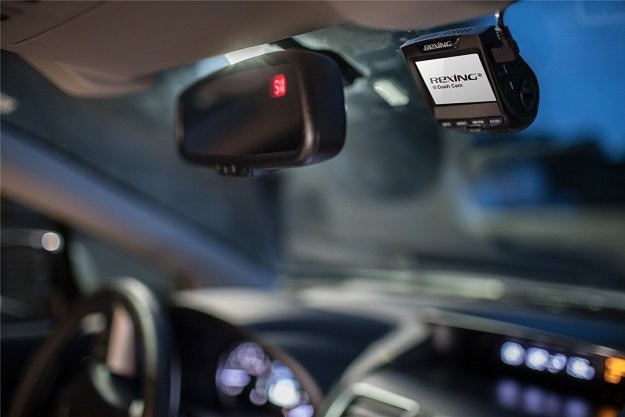W Motors, the Middle Eastern boutique carmaker that recently put its $3.4 million Lykan Hypersport supercar on sale, is back with something new. Called the Fenyr Supersport, it was unveiled at the 2015 Dubai Motor Show.
Like its predecessor, the Fenyr Supersport features aggressively styled bodywork. It looks like a Transformer that’s in the midst of transforming. And W Motors has some impressive performance claims to go along with the extroverted styling. It says the Fenyr Supersport will do 0 to 62 mph in less than 2.7 seconds, and top 248 mph.
To help achieve those numbers, it packs a 4.0-liter twin-turbocharged flat-six from legendary Porsche tuner Ruf. The engine will make at least 900 horsepower in production form, and will be bolted to a lightweight tubular aluminum chassis. The bodywork, meanwhile, is made from carbon fiber. Power from the mid-mounted engine is sent to the rear wheels through a seven-speed dual-clutch transmission.
The word “exotic” gets tossed around a lot, but if the Fenyr Supersport can live up to W Motors’ hype, it will be in a rarefied class of performance cars like the Bugatti Veyron. W Motors also built a track-only, alternative-fuel version of the Lykan called the Supersport HSF, and could create quite a beast if it decides to go the same route with the Fenyr. That is, as long as the company doesn’t disappear, which is still a possibility given its small-scale status.
Production will be limited to just 25 units, and W Motors hasn’t revealed the price. Considering that the Lykan Hypersport sold for $3.4 million with less power (although W Motors claimed similar performance figures), the Fenyr Supersport could end up costing even more. So even if it doesn’t turn out to be the outright fastest car in production, W Motors’ latest creation could be the most expensive.
Editors' Recommendations
- This 240W USB-C cable opens up new charging possibilities
- Another partner backs out of Facebook’s Libra cryptocurrency
- United Auto Workers set to strike at General Motors; truck, SUV supply at risk


